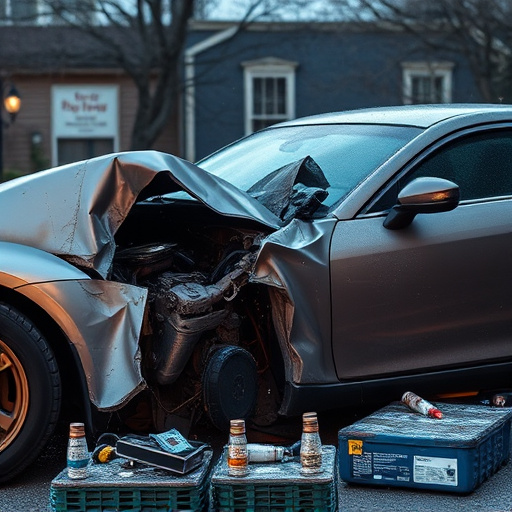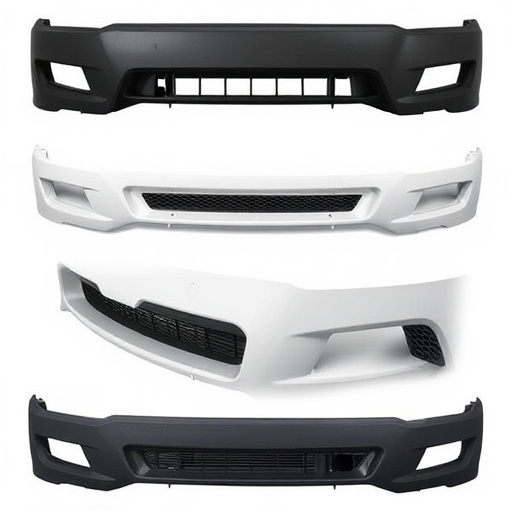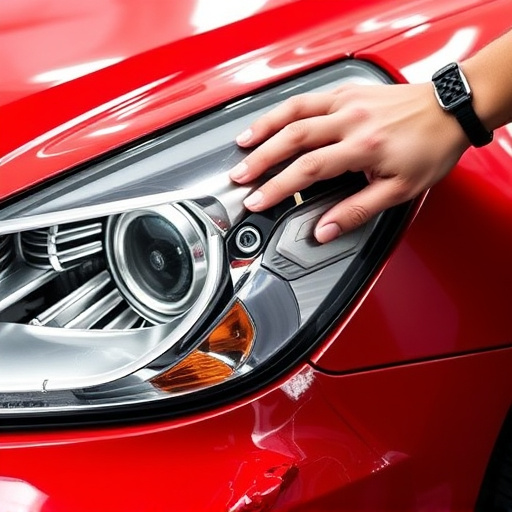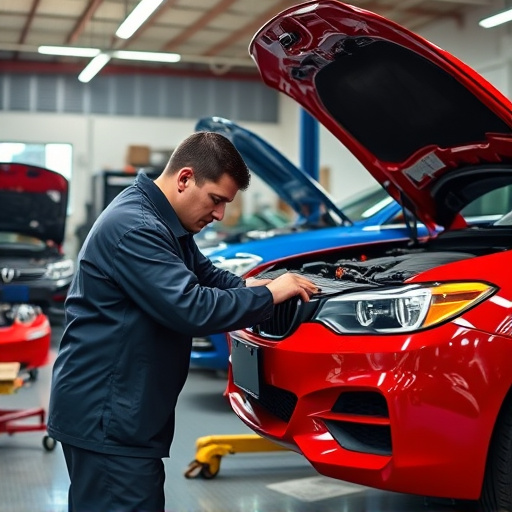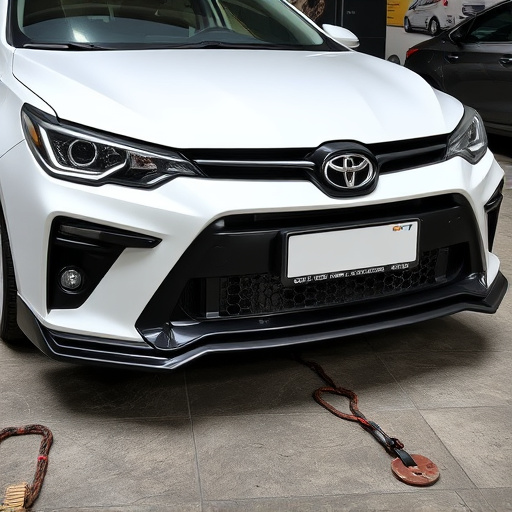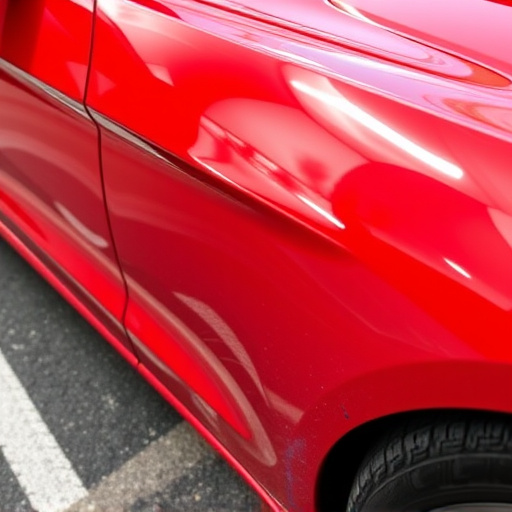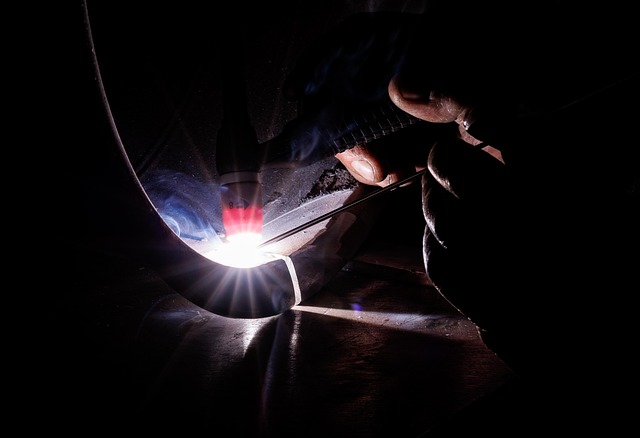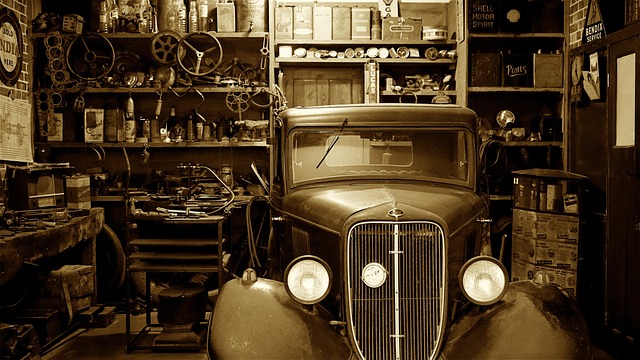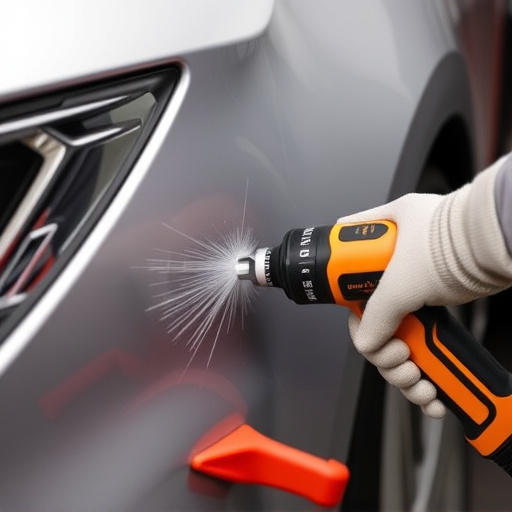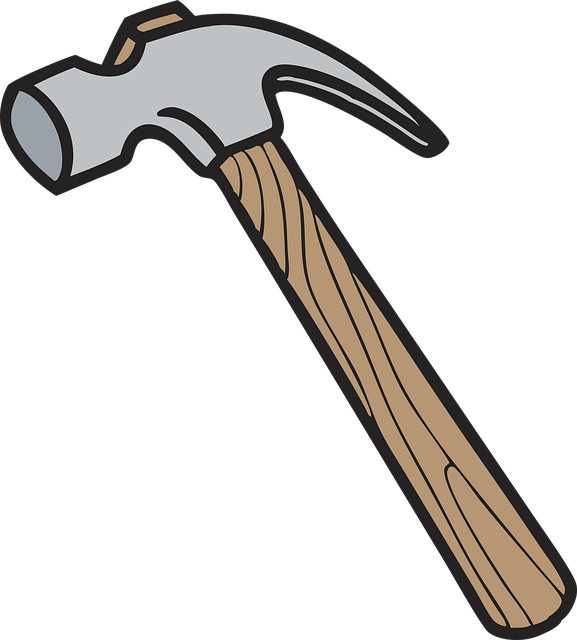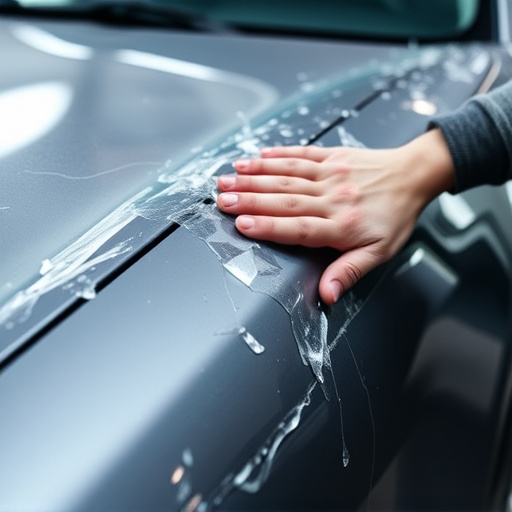Rear-end collisions can cause significant damage to a car's critical systems, particularly the alternator, located at the rear. Post-accident, an alternator inspection is vital to assess damage and repair needs, ranging from minor to severe. Early recognition of alternator issues ensures vehicle safety and reliability through professional collision repair services, including auto painting for cosmetic restoration. Regular inspections prevent escalated problems and costly repairs by detecting internal wear or external injuries caused by rear-end collisions.
Rear-end collisions are among the most frequent types of car accidents, often causing significant damage. One critical component frequently affected is the alternator—a vital part that powers various vehicle systems. This article delves into the prevalence of alternator damage in rear-end crashes, guiding you through the aftermath of such incidents. We explore the alternator’s role, its vulnerabilities, and what to look for during an inspection after a collision, emphasizing the importance of timely replacement for safe and efficient vehicle operation.
- Understanding Rear-End Collisions and Their Impact on Vehicles
- The Role of the Alternator in a Vehicle and Its Susceptibility to Damage
- Post-Accident Alternator Inspection: What to Look For and When to Replace
Understanding Rear-End Collisions and Their Impact on Vehicles
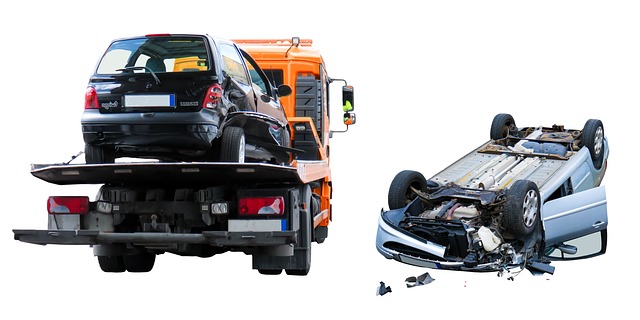
Rear-end collisions are one of the most common types of vehicle accidents and can cause significant damage to a car’s various components. When two vehicles collide from behind, the force of the impact is often concentrated on the rear end, leading to potential harm to critical systems such as brakes, suspension, and—of particular interest here—the alternator. The alternator, responsible for charging the vehicle’s battery and powering electrical systems, is located in the back of many modern cars. Therefore, it bears the risk of being damaged during a rear-end collision.
An alternator inspection after an accident becomes crucial in understanding the extent of damage and potential repair needs. While some rear-end collisions may result in minimal to no alternator issues, others could leave severe damage that requires professional vehicle collision repair services, including auto painting if necessary. Recognizing the signs of alternator trouble early on is essential for ensuring the safety and reliability of your vehicle post-accident.
The Role of the Alternator in a Vehicle and Its Susceptibility to Damage
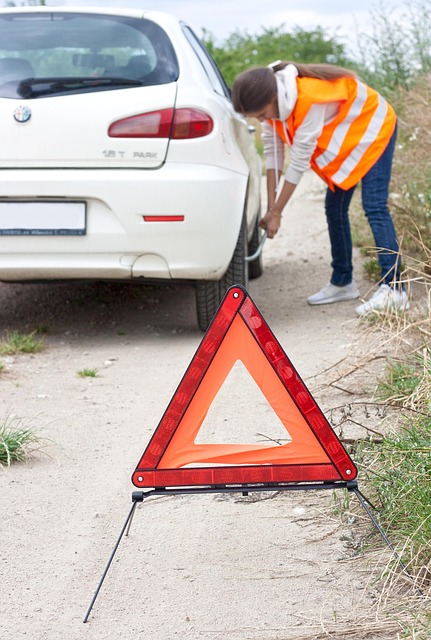
The alternator plays a vital role in any vehicle’s electrical system, generating power to charge the battery and supply electricity to various components. It is particularly crucial during and after accidents, as it helps keep the car’s essential systems operational. In a rear-end collision, the force of impact can cause significant stress on all parts of the vehicle, including the alternator. While modern vehicles are designed with safety in mind, reducing the risk of serious damage, accidents still occur and can lead to alternator failure or malfunction.
Regular alternator inspections after an accident are essential for several reasons. Auto repair services often recommend assessing the alternator due to its susceptibility to damage from vehicle collisions. Even seemingly minor rear-end crashes can cause internal component wear or external injuries that may go unnoticed without proper inspection. An auto maintenance check ensures that any potential issues are identified early, preventing further complications and costly repairs in the future, especially when it comes to efficient and reliable vehicle collision repair.
Post-Accident Alternator Inspection: What to Look For and When to Replace
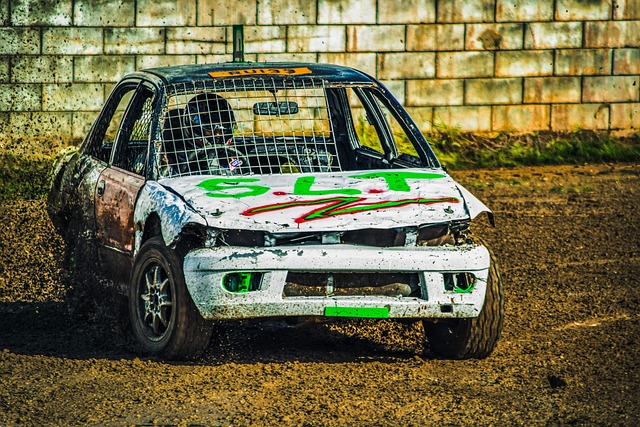
After a rear-end collision, it’s crucial to perform a thorough alternator inspection as part of your post-accident vehicle evaluation. The alternator, responsible for charging the car battery and powering electrical systems, is vulnerable to damage in such impacts. Look for signs like cracks or leaks in the alternator housing, loose connections at the belts or wires, and unusual noises during engine operation. Additionally, check for any physical deformities or loose components that could indicate structural compromise.
Knowing when to replace the alternator is equally important. If you notice a decline in battery power, frequent overheating, or prolonged charging times, these are red flags. Auto body services and auto body repair experts recommend replacement if the alternator shows significant wear or has been exposed to extreme stress during the collision. Remember, timely alternator inspection and replacement can prevent further damage to your vehicle’s electrical systems and ensure optimal performance following a rear-end collision, with support from reliable tire services as needed.
Rear-end collisions are among the most common types of vehicle accidents, and while they may not cause significant damage to some components, the alternator is a part that often requires careful attention post-impact. Given its vital role in keeping essential systems running, thorough alternator inspection after an accident is crucial. By understanding the signs of potential damage and when to replace the alternator, drivers can ensure their safety and vehicle reliability. Therefore, if you’ve been in a rear-end collision, don’t overlook the importance of checking your alternator to prevent future issues during your alternator inspection after an accident.
